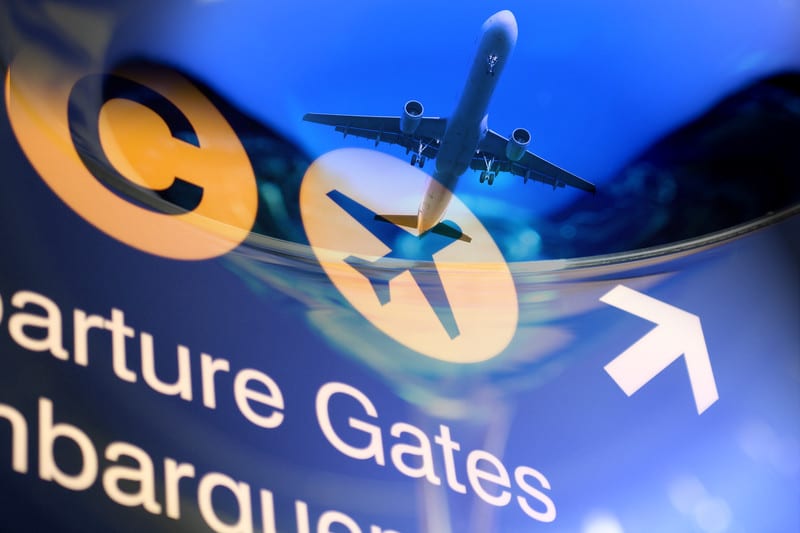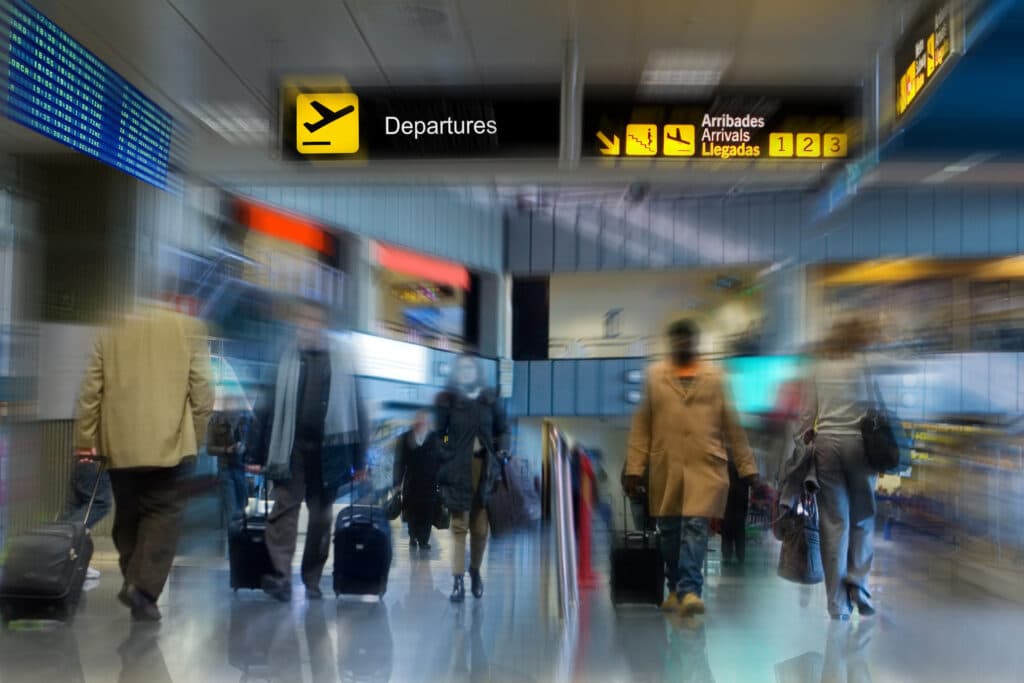The travel industry – both for business and leisure – saw a dramatic downturn in 2020. As the U.S. begins to re-open, Americans are ready to make up for lost time and travel again!
The U.S. Travel Association forecast that total travel spending in the U.S. was down 45.2% over 2019, but anticipates it to grow by 23.2% year-over-year and Statista anticipates almost 20% growth in the number of domestic business and leisure trips within the U.S.
With so much to do, so much to accomplish, and so many people to see, consider combining your business and leisure travel.
Planning Is a Must
The IRS considers a business day to be eight hours. To receive 100% of the travel deduction for an entire day, at least 50% of your day – or four hours – must be spent in a work-related activity. It is important to schedule your time so that you meet the requirements, but also have some time to enjoy with your family.
Travelling Thursday to Tuesday, working Friday and Monday, allows you to maximize the travel deduction to its best possible use. Travel these days, especially if you’re flying, takes at least 4 hours door-to-door. Since traveling from one destination to another is considered a work-related activity by the IRS, Thursday’s work requirement is fulfilled.
Plan the type of work you will do to meet your 4-hour requirement. Having lunch with an associate based in your destination, a corporate photo shoot with your family, and going over items that would be part of an annual meeting will easily meet the IRS’s 4-hour requirement. Remember, however, the work that counts toward the 4-hour activity limit needs to be work that requires being at your destination. The 4-hour requirement can be met in a single chunk or it can be broken up throughout the day.
Saturday and Sunday are considered layover days. The IRS does not require you to work on Saturday and Sunday, nor do they require you to return home over the weekend.
To finish out your trip, Monday will mimic Friday for work and Tuesday will mimic Thursday for travel.
If you meet the 4-hour requirement set forth by the IRS, you attain the 50% business activity limit, you receive 100% of the travel deduction. If you only spend 40% of the time on your trip engaged in business activity, you still are able to claim a deduction, but the deduction would be pro-rated to 40.
Where Can You Go?
While there are not necessarily restrictions preventing your from utilizing the travel deduction on foreign travel, domestic travel will always be easier to write off because you must have an ironclad business purpose for being in a foreign country.
If you are traveling for you annual meeting, the meeting must be held in the U.S. or its territories. You may not have an annual meeting for a U.S. corporation at a foreign destination.
The only way to utilize the travel deduction for a cruise is if you are attending a seminar, continuing education, or some type of business convention. The maximum amount that can be deducted per year on a cruise is $2,000. Plus, there are additional requirements that must be met.
First, the ship needs to be a U.S. flagged vessel. It must be registered in the U.S. Plus, all of the ship’s ports of call must be in the U.S. or its territories.
Second, the convention, meeting, or continuing education must be directly related to your trade or business. To claim the deduction, you have to attach a written statement to your tax return, that you must sign, that outlines the number of days for the cruise and the number of hours each day devoted to the business activity, as well as attach the program from the seminar or convention sponsor outlining the times spent in session. If you are attending a continuing education course, a written statement signed by an office of the sponsoring group reiterating the business activities and total number of hours you attended those activities must also be attached.
Who Can Utilize the Travel Deduction?
The only people eligible for the travel deduction are employees. If your family is on the payroll, they qualify. To qualify for the deduction at the full, 100%, however, they are required to fulfill the 4-hour business activity set forth by the IRS.
Stepping back the cruise discussion above, unless the members of your family are professional license holders or involved in the portion of your business the seminar, convention, or meetings pertain to, their expenses will not be deductible.
Independent contractors are also able to take the deduction. Generally, independent contractors would pay their own expenses and be reimbursed by their client. Otherwise, the same overall rules apply.
The travel deduction is not available to W-2 employees. It is reserved for business owners to deduct through the business. As a W-2 employee, the best you can hope for is an employer who will either pay for your airline tickets and hotel accommodations or reimburse those expenses.
Bottom line: Used correctly, the travel deduction can enable you to make the most out of your time away, both financially and recreationally. The key is following the rules and maintaining the correct documentation.
If you have questions about the travel deduction or other tax planning strategies, contact TSP Family Office at (772) 257-7888.


;)
;)
;)